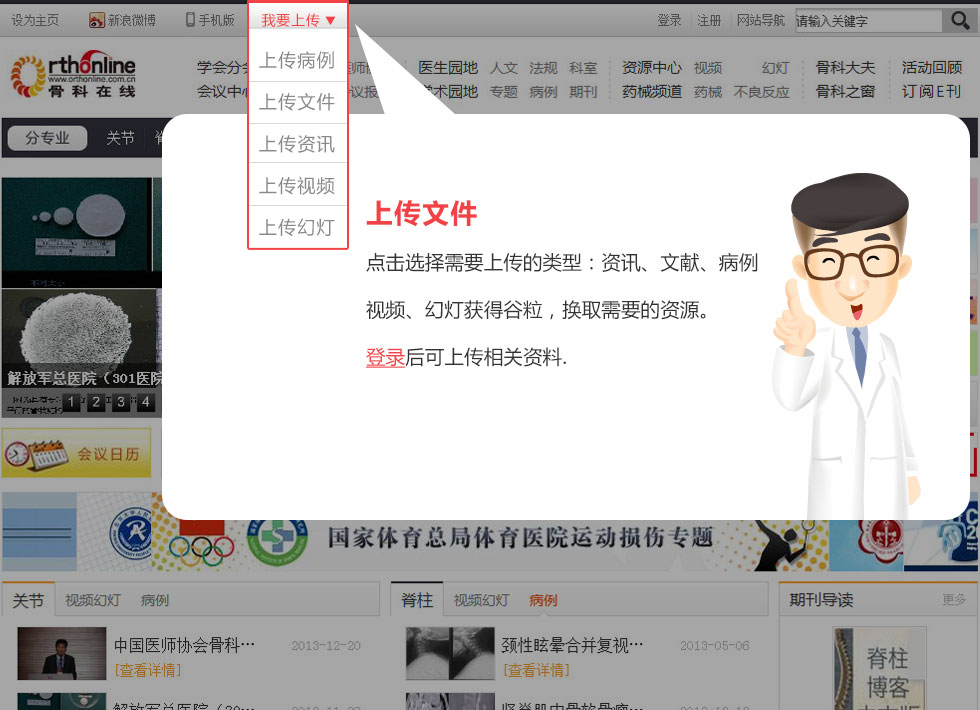Recovery of Decreased Bone Mineral Mass After Lower-Limb Fractures in Adolescents
第一作者:Dimitri Ceroni
2013-07-09 点击量:579 我要说
Dimitri Ceroni,Xavier E. Martin,Cécile Delhumeau,Nathalie J. Farpour-Lambert
Geraldo De Coulon,Victor Dubois-Ferrière,René Rizzoli
Background:
Loss of bone mineral mass, muscle atrophy, and functional limitations are predictable consequences of immobilization and subsequent weight-bearing restriction due to leg or ankle fractures. The aim of this study was to prospectively determine whether decreased bone mineral mass following lower-limb fractures recovers at follow-up durations of six and eighteen months in adolescents.
Methods:
In the present study, we included fifty adolescents who underwent cast immobilization for a leg or ankle fracture. Dual x-ray absorptiometry scans of four different sites (total hip, femoral neck, entire lower limb, and calcaneus) were performed at the time of the fracture, at cast removal, and at follow-ups of six and eighteen months. Patients with fractures were paired with healthy controls according to sex, age, and ethnicity. Dual x-ray absorptiometry values were compared between groups and between injured and non-injured legs in adolescents with fractures.
Results:
Among those with fractures, lower-limb bone mineral variables were significantly lower at the injured side compared with the non-injured side at cast removal, with differences ranging from 6.2% to 31.7% (p < 0.0001). Similarly, injured adolescents had significantly lower bone mineral values at the level of the injured lower limb compared with healthy controls (p < 0.0001). At the six-month follow-up, there were still significant residual differences between injured and non-injured legs in adolescents with fractures (p < 0.0001). However, a significant residual difference between healthy controls and injured adolescents was present only for femoral neck bone mineral density (p = 0.011). At the eighteen-month follow-up, no significant difference was observed at any lower-limb site.
Conclusions:
Bone mineral loss following a fracture of the lower limb in adolescents is highly significant and affects the lower limb both proximal to and distal to the fracture site. In contrast to observations in adults, a rapid bone mass reversal occurs with full bone recovery by eighteen months.





 京公网安备11010502051256号
京公网安备11010502051256号